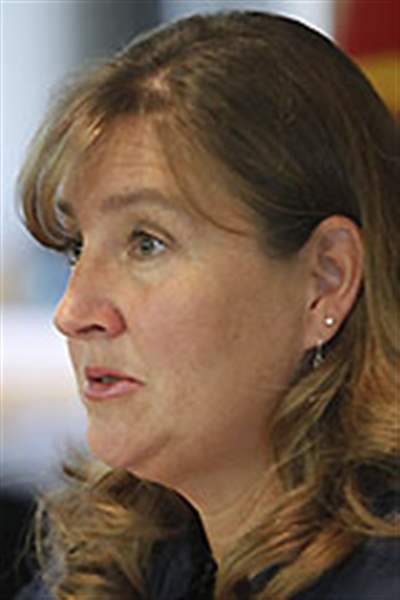
FEATURED EDITORIAL
Local drug court to open
3/8/2016
Cook
The Blade
Buy This Image
Lucas County’s long-awaited felony drug court will get certified by the Ohio Supreme Court this week, enabling the specialized docket to start operating immediately. Preliminary approval from the Supreme Court caps more than a year of planning — a process that Lucas County Common Pleas Court judges sometimes marred with petty bickering and a shameful lack of urgency.
In truth, the new drug court should have been operating six months ago, or even earlier. Still, in the end, judges came together and got the job done, submitting their plan for an adult felony drug court to the high court last summer. To receive initial certification, Lucas County had to submit a detailed program description, as well as a participants’ manual and agreements with community partners.
Click here to read more Blade editorials

Cook
Orman Hall, manager of the Supreme Court’s specialized docket section, told The Blade’s editorial page on Monday that Lucas County would receive a letter of initial certification this week. Mr. Hall formerly headed Gov. John Kasich’s Cabinet Opiate Action Team. “Overall, Lucas County was in really good shape,” he said.
Drug courts are model programs for diverting low-level drug offenders from incarceration to community-based treatment. But they are only as good as the network of treatment programs that support them and give judges options other than prison sentences.
The local drug court must ensure that the network of local treatment providers, including the Drug Abuse Response Team run by the Lucas County Sheriff’s Office, is ready to integrate its services into the new drug docket, which should be fully operational next month.
The new docket will put additional demands on local recovery services. Projects such as Direct Link, which starts medication-assisted treatment for offenders while they’re still in jail, will become even more important. So will plans to expand detoxification beds, working with hospitals and visiting nurses.
Medication-assisted treatment, including the use of Vivitrol and Suboxone, will have to play a bigger role in local treatment programs. Eradicating cravings and easing the agony of withdrawal, such drugs contribute to far higher recovery rates than do traditional therapies.

English
Sheriff John Tharp’s DART team, which steers low-level drug offenders into treatment, needs to be fully aware of how the new drug court works. DART could be an enormous asset to the felony drug docket, especially in working with clients who relapse.
The community can help too. Businesses, for example, could donate money for bus passes to get drug court clients to appointments and employment.
Responding to a heroin and opioid epidemic that now kills 150 people a year in northwest Ohio, Lucas County Common Pleas Court judges voted in December, 2014, to move forward with an adult felony drug court. Except for Cincinnati’s Hamilton County, Lucas County has been the state’s largest county without such a specialized docket.
The move was long overdue, after the county’s last adult drug court folded nearly a decade ago. Common Pleas Court Judge Stacy Cook, the county’s leading advocate of the new felony drug docket, gave judges a basic blueprint in January, 2015.
Lucas County recently hired a drug court coordinator. Judge Cook and Judge Ian English will run the two-docket drug court, with each of them handling a drug caseload of roughly 120 people.
After the Lucas County drug court runs for two or three months, Supreme Court officials will conduct a site visit to ensure that the local court is operating as planned. If that visit goes well, Lucas County’s drug court will receive its final certification, clearing it to operate for three years.
The new felony drug court, prudently, will not be limited to heroin and opioids. But such drugs likely will make up much of its caseload, at least for the next few years.
Nearly 50 drug courts operate successfully in 27 Ohio counties. These courts help stem the tide of nonviolent addicts who are clogging Ohio’s courts and prisons.
With close supervision, monitoring, and immediate but shorter sanctions, drug courts move people from the chaos of addiction into long-term recovery. But they can't do it alone. Lucas County's new drug court will need the help and support of the entire community.